Tangerine baby food
When babies can have oranges
- Community
- Getting Pregnant
- Pregnancy
- Baby names
- Baby
- Toddler
- Child
- Health
- Family
- Courses
- Registry Builder
- Baby Products
Advertisement
Photo credit: iStock.com / M-image
Babies can eat pieces of oranges, along with other finger foods, around 8 to 10 months old – once they've developed the pincer grasp and are able to pick up pieces of food between their thumb and first finger. Other citrus fruits, such as grapefruit and tangerines, are also fine to give to your baby (though babies may not like the taste of grapefruit).
Since citrus is acidic, too much could worsen gastroesophageal reflux or cause diaper rash – if that happens when you give your baby orange pieces, cut back on their citrus.
Are oranges healthy for babies?
Oranges and other citrus fruits are full of vitamin C, so they're a great food for your little one. Experts recommend babies up to a year old get 40 to 50 milligrams of vitamin C daily, and an orange has almost 60 milligrams of vitamin C on average.
Vitamin C has a lot of important functions in the body: It helps the immune system function properly; supports iron absorption; and aids in making collagen, which plays a part in wound healing. Vitamin C is also an antioxidant and can help protect your body from cardiovascular disease, inflammatory disorders, and some types of cancer.
Can babies be allergic to oranges?
Oranges and citrus fruits aren't one of the top allergenic foods for children. But since any food can cause an allergy, it's good to be aware of signs of food allergies. When introducing a new food, experts recommend giving it to your baby at home, rather than at daycare or a restaurant. Serve it for three to five days before offering something else new and give it during the morning; that way you can monitor your baby for a reaction and know what's likely causing it.
Signs of a food allergy are facial swelling (including the tongue and lips), skin rash, hives, wheezing, vomiting, and diarrhea. If your baby has symptoms in multiple parts of their body (anaphylaxis) or has trouble breathing right after trying a new food, call 911.
How to serve oranges to your baby
When your baby is first starting to eat finger foods, cut oranges into bite-size pieces (no bigger than 1/2 inch) for them. Small mandarin oranges are a great baby food, but you'll probably need to cut the slices in half to make them small enough for your baby to comfortably chew. Larger pieces may seem soft and easy to eat, but they're slippery and can inadvertently slide down your baby's throat and cause choking.
If you notice your baby has a hard time chewing the pith or membrane of the orange, peel or cut off as much as you can before serving it to them.
There are many ways you can prepare oranges for your baby. They may like to have orange pieces mixed along other soft fruits (like berries and bananas in small pieces) in a colorful fruit salad.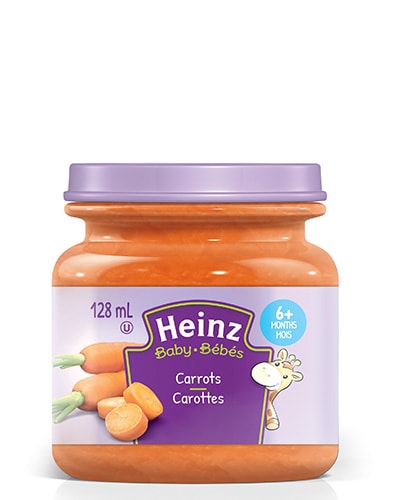 You could blend oranges into a smoothie with other fruits and vegetables for your little one to drink. Oranges are also great alongside other finger foods, like crackers and cheese.
You could blend oranges into a smoothie with other fruits and vegetables for your little one to drink. Oranges are also great alongside other finger foods, like crackers and cheese.
Advertisement | page continues below
Was this article helpful?
Yes
No
Kandis Lake
Kandis Lake is a registered nurse, health writer, and mom of three kids. She lives in Utah and loves reading and adventuring with her family.
Orange for Baby - Easy Citrus Baby Food Recipes
When Can Baby Have Oranges and Citrus Fruits?
Currently the age for introducing Citrus Fruits is around 12 Months. Introduce oranges and other citrus fruits to your baby closer to 12 months due the acidity of the fruit
The Goodness of Oranges and Citrus Fruits
Are oranges a good fruit to make baby food with? Unfortunately, oranges, like all citrus fruits, are acidic and are likely to give babies younger than 12 months old rashes. The acid can cause terrible diaper rashes and even rashes around the mouth an lips due to the high levels of acidity.
With that being said, many parents have offered their younger infants tastes of oranges, orange juice or other acidic fruits and have had no reactions. If you want to introduce citrus earlier than by all means give it a try but please be on the lookout for possible reactions!
With new studies being released since 2008, the AAP now says that there may be no need to delay foods that are typically allergenic. This applies mostly to babies who have no known allergy/sensitivity risks. If you wish to introduce citrus foods earlier than previously recommended, just watch for any reactions. As with other acidic foods, if your baby is prone to sensitivities with foods, you may want to wait to introduce Oranges until after his first birthday.
We all know that oranges are high in vitamin C; did you know that one orange contains approximately 12% of the RDA for fiber too? Not just a great source of vitamin C, oranges have a myriad of vitamins and other nutrients that make them tops for a refreshing and healthy snack.
Oranges (one peeled medium sized navel orange)
| VITAMINS:Vitamin A – 346 IU Vitamin C – 82 mg Vitamin B1 (thiamine) – .09 mg Vitamin B2 (riboflavin) – .07 mg Niacin – .59 mg Folate – 48 mcg Contains some other vitamins in small amounts. | MINERALS: Potassium – 232 mgPhosphorus – 32 mgMagnesium -15 mg Calcium – 60 mg Sodium – 2 mg Iron – .18 mg Also contains small amounts of manganese, copper and zinc. |
What Fruits are Considered Citrus Fruits?
Oranges | Lemons | Limes | Grapefruits | Tangerines
Check out Citrus at Cooks Thesaurus for interesting citrus facts.
Pineapple is not Considered a Citrus Fruit – Can My Baby Eat Pineapple?
Pineapple is not a citrus fruit (it’s in the bromeliad family actually.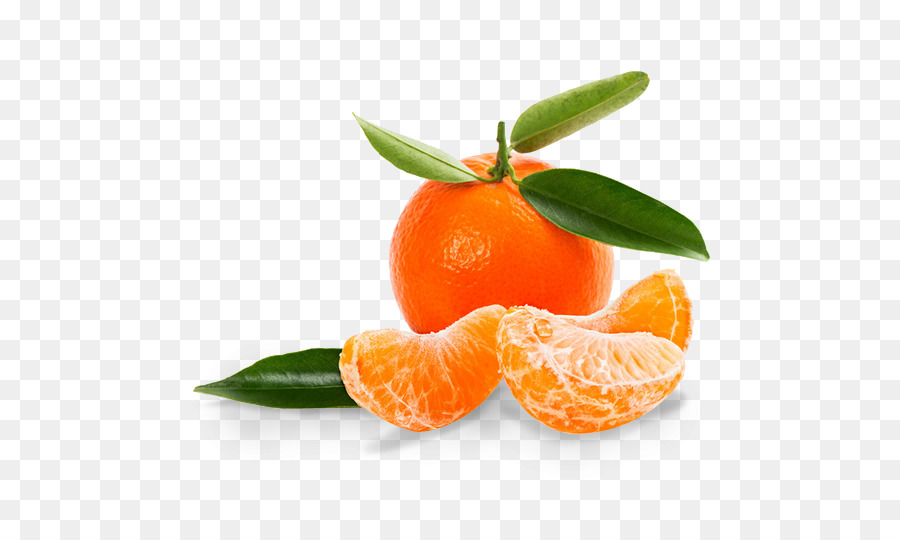 ) however it can be acidic. Processed pineapple tends to be less acidic due to the processing and sugar/syrup that it’s packed in; but I’m sure you’d rather not give your baby pineapple out of the can.
) however it can be acidic. Processed pineapple tends to be less acidic due to the processing and sugar/syrup that it’s packed in; but I’m sure you’d rather not give your baby pineapple out of the can.
If your baby does not have any food intolerance’s and has shown no propensity to getting rashes due to foods, then you might give it a try around 10 months old. Many parents do feed their little ones pineapple around 8 months old.
For pineapple, mash it up and add it to yogurt, cereal, chicken (yum.) even sweet potatoes. Pineapple tends to be fibrous and if it’s too fibrous, give it a gentle steam and see if it softens up enough for your baby.
Can I use Citric Acid (Lemon Juice) for Freezing and Retarding Browning in Homemade Baby Foods?
A sensitivity to citric acids (like those in lemon, tomato, grapefruit, oranges) is generally not found after 12 months old. Ascorbic Acid is Vitamin C and seldom will you find anyone with an allergy or severe sensitivity to Vitamin C.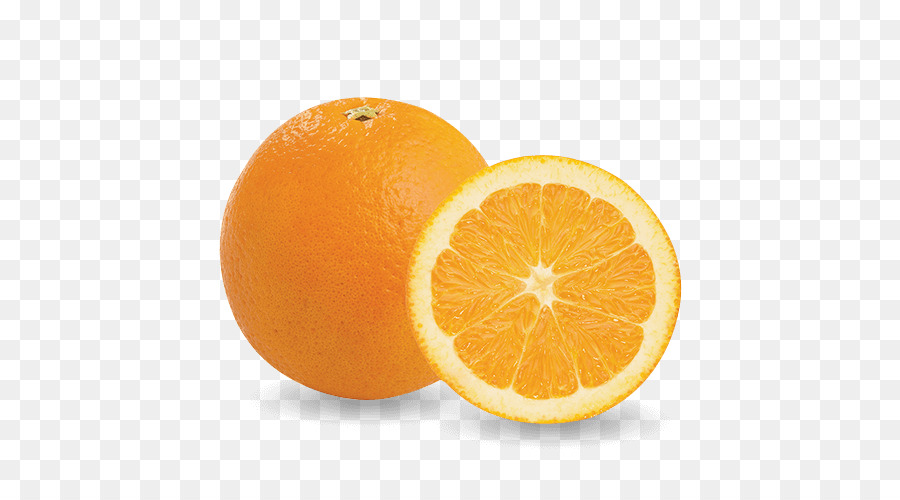 Ascorbic Acid is added to many fruits to boost the natural Vitamin C content of the fruit as is Citric Acid. These may also act as a preservative and works to stop fruits from turning browm.
Ascorbic Acid is added to many fruits to boost the natural Vitamin C content of the fruit as is Citric Acid. These may also act as a preservative and works to stop fruits from turning browm.
Many people ask about the possibilities of allergies to these citrus acids – odds are, your baby will not have an allergy to these 2 compounds. Your baby may however, have a sensitivity to the acid. We are told to stay away from citrus fruits (such as oranges, pineapple, lemon et al) until baby is 10-12 months due mostly to the acidity of the fruit – diaper rash, skin rashes and tummy pains are some things that come from a sensitivity to citric acids – not due to any allergic reactions.
There is a big difference in using a drop or 2 of lemon juice as a preservative in a fruit purée. As the drop or 2 is spread throughout the purée and your infant will not be consuming the drops with each bite of fruit purée that is taken. It is entirely different than offering your baby a few slices of oranges or chopped tomatoes for example.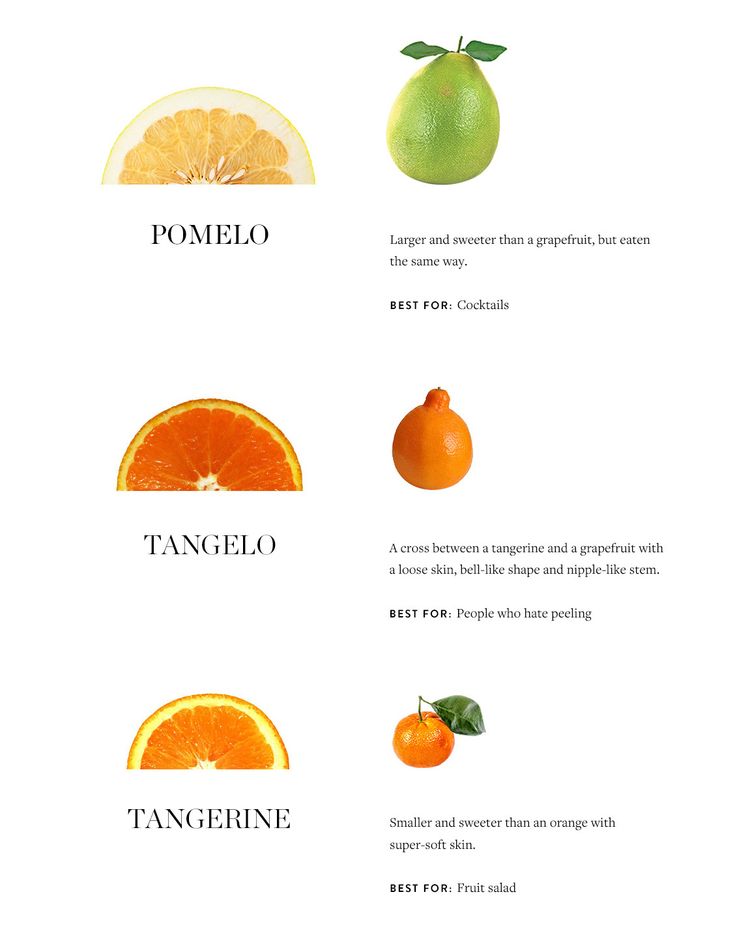
If your baby has displayed any food sensitivities, you should use caution when using citric acid to preserve fruits and when feeding your baby fruits that have been treated with citric acid. Here is a great link all about Freezing Fruits
Orange or Citrus Baby Food Recipes
Orange Puree?
Nope, I don’t recommend serving a baby pureed oranges. Would you eat pureed oranges? Why not peel, section the orange and then cut into small pieces? You may have to peel off the membranes – that stringy stuff that covers the “meat” of the orange before you serve it however.
Orange Yogurt Pops
Ingredients:
- 1 orange, peeled and seeded if necessary
- 1 cup plain whole milk yogurt
Directions:
Step 1: Puree the orange then add the yogurt and thoroughly whizz to combine.
Step 2: Transfer to ice pop molds or pour into ice cube trays and freeze until solid
YUMMY, healthy and cooling on a warm day.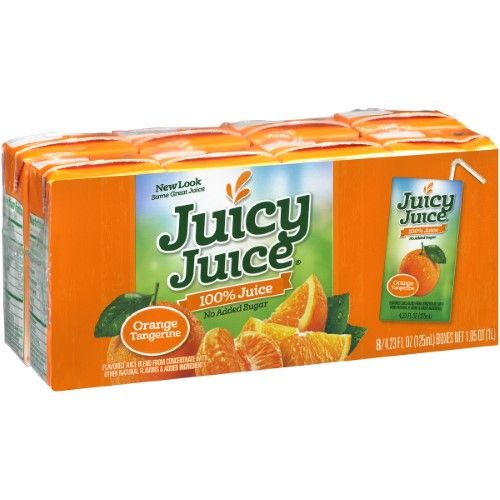 Pop a cube into a baby safe feeder/mesh feeder for a nice treat that is sure to soothe sore teething gums.
Pop a cube into a baby safe feeder/mesh feeder for a nice treat that is sure to soothe sore teething gums.
Orange Juicy Carrots
If you feel your baby might be able to handle oranges, try orange juicy carrots.
Ingredients:
- 1/2 pound carrots – peeled and diced
- 1/4 cup orange juice
- 1 cup water
Directions:
Step 1: Add 1 cup water and 1/4 cup orange juice to a 1/2 pound of peeled and diced carrots in a medium sized saucepan.
Step 2: Steam carrots until tender then add a pinch of cinnamon.
Step 3: Mash if needed
You can also combine the above and bake in a 375F degree oven until the carrots are fork tender – approximately 20-30 minutes. Baking carrots this way is truly tasty!
Foods Good to Mix With Oranges:
- Avocado
- Blueberries
- Cranberries
- Peaches
- Sweet Potato – orange juice is nice in a sweet potato souffle
- Chicken – Make an orange glaze
- Yogurt – make Orange Yogurt Freeze Pops.

ORAL ALLERGY SYNDROME |
|---|
| The food on this page may be one involving OAS. OAS occurs when a person sensitive/allergic to pollen develops a reaction to fruits/veggies that have a similar type of pollen. Itching & swelling of the lips, the mouth and/or throat are typical symptoms. These symptoms normally appear within minutes of eating the offending food and may be worse during the spring and fall pollen seasons. Rarely is an OAS life threatening. Click below to learn more. |
| Birch Pollen Allergies |
| Birch pollen allergies are associated with apple, carrot, cherry, pear, peach, plum, fennel, walnut, potato, spinach, buckwheat, peanut, honey, celery, and kiwifruit. |
| Cedar Allergies |
| Japanese cedar allergies are associated with melon, apple, peach and kiwifruit. |
| Mugwort Allergies |
| Mugwort allergies are associated with celery, carrot, spices, melon, watermelon, apple, hazelnut, and chestnut. |
| Grass Pollen |
| Grass pollen allergies are associated with melon, tomato, watermelon, orange, rice and cherry. |
| Ragweed Pollen |
| Ragweed allergies are associated with melon, chamomile, honey, banana, and sunflower seeds. |
| Latex |
| Latex allergies may be cross-reactive to banana, avocado, kiwi and papaya. |
Remember, always consult with your pediatrician regarding introducing solid foods to your baby and specifically discuss any foods that may pose allergy risks for your baby.
This site complies with the HONcode standard for trustworthy health information: verify here.
SHARE ON FACEBOOK SHARE ON PINTEREST
Tangerines in complementary foods - Encyclopedia Baby food
Levchuk Victoria © Mandarin is a fruit that symbolizes longevity. It belongs to the group of citrus fruits such as orange, grapefruit and lemon.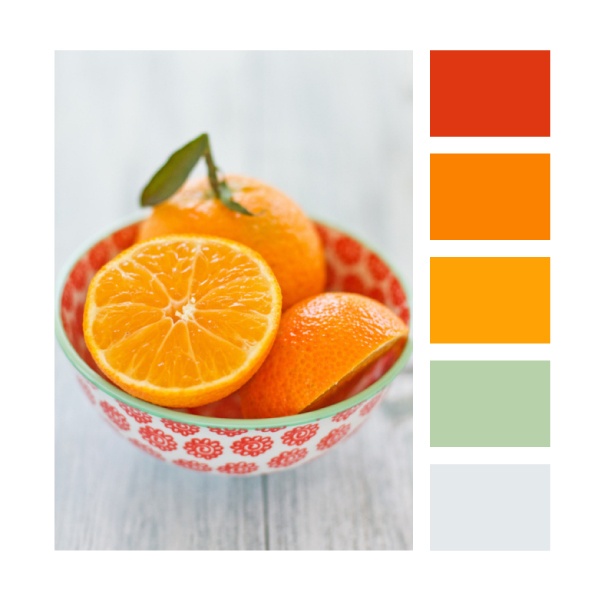 Tangerines in complementary foods must be introduced very carefully and preferably for a long time, observing all the rules for the introduction of complementary foods.
Tangerines in complementary foods must be introduced very carefully and preferably for a long time, observing all the rules for the introduction of complementary foods.
This product is very important for children because it is rich in potassium and helps to lower blood pressure. Mandarin also contains vitamin C, like most citrus fruits, which is good for the immune system. It also has antioxidant activity and helps in iron absorption. The presence of bromine salts justifies its sedative effect. nine0007
Types of tangerines
Contents:
The most common types of tangerines we have in Russia are Abkhaz, Chinese, Spanish, Israeli, Moroccan, Turkish and hybrids (clementines and mineolas). The tangerine season starts in December.
The history of the mandarin
The history of the mandarin begins in China three thousand years ago. The fruit got its name from mandarins, high-ranking government officials from the Chinese Empire, because of the orange color of their uniforms, but also because the officials used these fruits as gifts.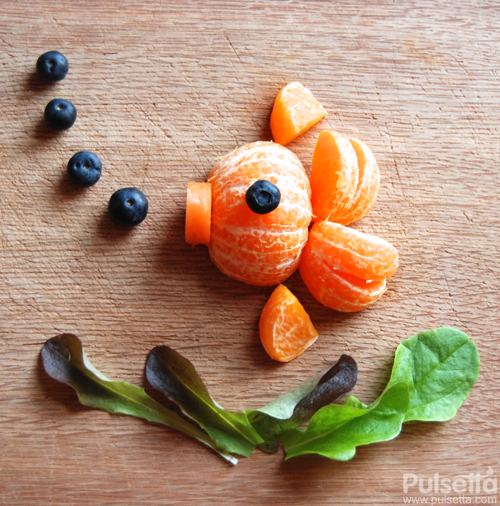 nine0007
nine0007
The first tangerines appeared in Europe around the 16th-18th centuries, and the tangerine tree was brought to Italy in 1840. At first, tangerines were grown only in greenhouses, and later they began to grow outdoors in countries with a mild climate. In Russia, tangerines appeared in the 20th century, they were brought from Japan. Like oranges, this fruit was considered a symbol of luxury and wealth.
Tangerine Benefits
Tangerine peel has healing properties and relieves. All tangerines, as well as its hybrids, are rich in vitamin C and carotenoids. The average tangerine provides 1 g of protein, 13 g of carbohydrates, of which 2 g is fiber and 9g - sugar. In addition, tangerines provide only 53 calories per 100 g.
Tangerines are a delicious fruit with health benefits, as recent studies by Japanese scientists show that eating these citrus fruits can reduce the chance of liver cancer.
Tangerines, like oranges, are valuable sources of flavonoid antioxidants such as narancinin, naranasine, esperitin, vitamins A and C, folic acid and potassium, carotenes, xanthine and lutein. But in fact, tangerine provides several times higher concentrations of antioxidants than oranges. nine0007
But in fact, tangerine provides several times higher concentrations of antioxidants than oranges. nine0007
Tangerine is a rich source of vitamin C (ascorbic acid), which is a water-soluble vitamin. The average tangerine provides 39% of the recommended daily intake of vitamin C. Vitamin C is one of the powerful natural antioxidants that plays a key role in collagen synthesis, wound healing, has antiviral and antitumor activity, and helps prevent neurodegenerative diseases, arthritis, fever, colds, etc. d. In addition, vitamin C helps absorb iron from food because it converts iron to ferrous, creating an absorbable complex. nine0007
In addition, tangerines contain soluble and insoluble vegetable fibers such as hemicelluloses, pectins, etc., which inhibit the absorption of cholesterol in the intestines and help treat constipation. These small aromatic citrus fruits provide 6% of the recommended daily fiber intake per medium tangerine.
In addition to the above nutrients, tangerine provides 12% of the recommended daily intake of vitamin A, 4% of thiamine, vitamin B6 and folate, and 2% of riboflavin, niacin and pantothenic acid.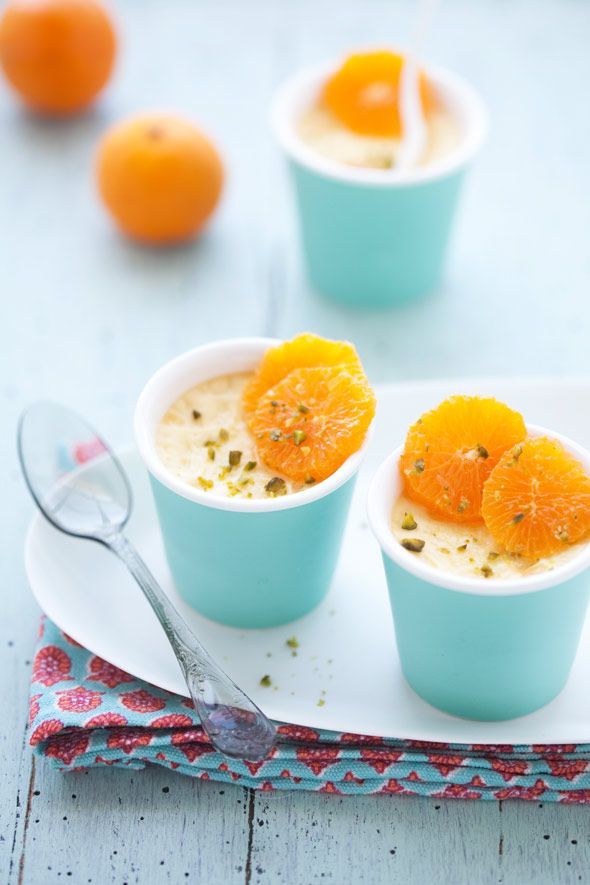 Tangerines also contain important minerals and trace elements for the body. The average tangerine provides 3% of the recommended daily intake of calcium, potassium and magnesium. It also provides 2% phosphorus, copper and manganese while it contains almost no sodium. nine0007
Tangerines also contain important minerals and trace elements for the body. The average tangerine provides 3% of the recommended daily intake of calcium, potassium and magnesium. It also provides 2% phosphorus, copper and manganese while it contains almost no sodium. nine0007
Mandarin complementary food
In addition to vitamins, tangerines contain folic acid, which supports the health of new cells in the body.
How and when is the best time to introduce tangerines into complementary foods?
Most parents introduce citrus fruits to their children after 2-3 years of age, due to the high risk of developing an allergic reaction to them. As I wrote earlier, it is best to introduce grapefruit, as this is a less allergic product.
Tangerines, like any citrus fruit, carry a high risk of developing allergies in children. Therefore, if the baby already had a case of food allergies during the introduction of complementary foods, then it is better to lead the tangerine closer to 3 years, in the absence of reactions to the products on the part of the child and the absence of a hereditary predisposition on the part of the parents, the child can get acquainted with tangerines at 1-1.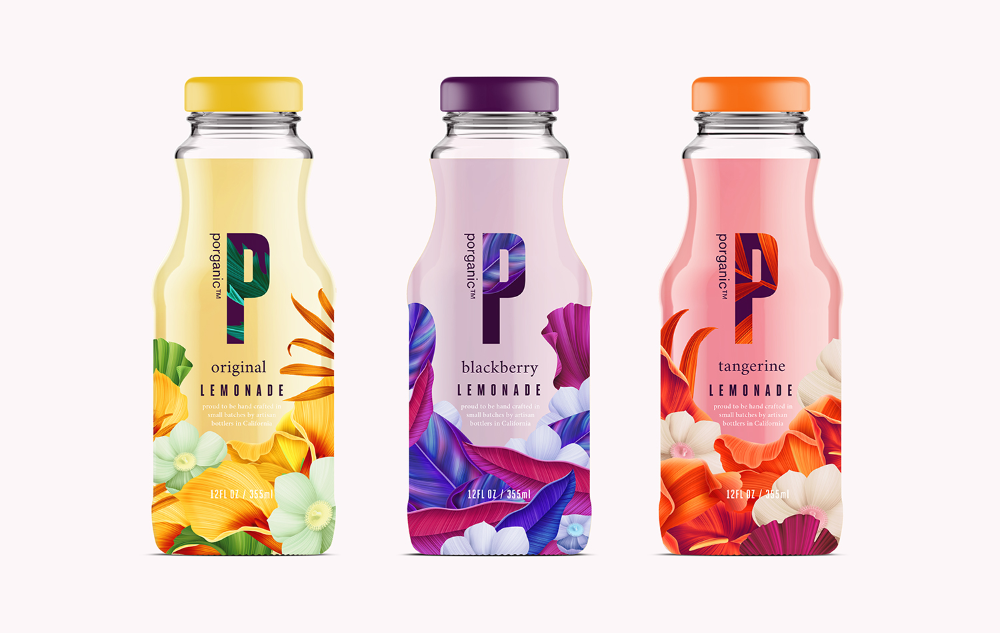 5 of the year. nine0007
5 of the year. nine0007
The best time to feed mandarin is in winter, when fresh, ripe, juicy fruits are at their peak. You should also buy local tangerines, in this case Abkhazian, as they are brought for a short time, so it is not necessary to treat them with chemicals for long-term storage. Since the baby can pour out not only on citrus fruit, but also on the chemicals with which it is processed for long-term transportation.
Mandarin complementary foods are introduced, as always, from a small portion, namely from half a slice, the next day you can give a slice, gradually increasing the portion of mandarin. A prerequisite is the introduction of tangerine - this fruit is given as a dessert after a full meal, so as not to cause an inadequate reaction from the baby's digestive tract. Still, the product is sweet and sour, so it is possible to have a feeling of nausea or some other reaction on an empty stomach. We introduce complementary foods for about 7 days, you can do more at your discretion.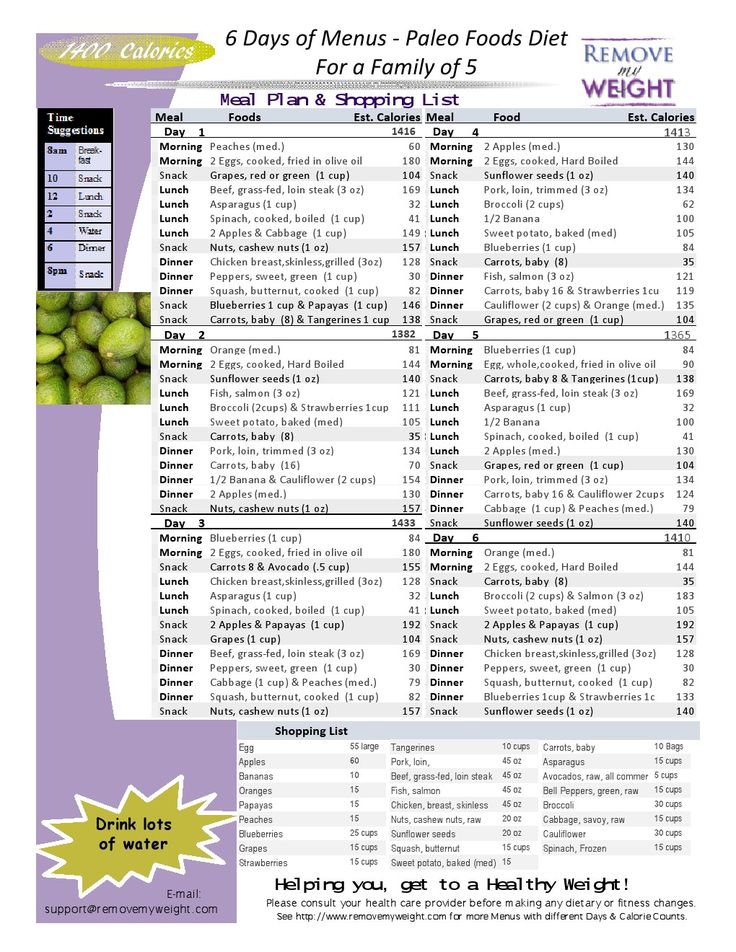 As I wrote earlier, up to 3-4 years, the daily norm of tangerine should not exceed 1-2 pieces per day, depending on the size. After 4 years of age, the child's body is strong enough, so you can give more, but not more than 500 grams per day, which is about 5 pieces. nine0007
As I wrote earlier, up to 3-4 years, the daily norm of tangerine should not exceed 1-2 pieces per day, depending on the size. After 4 years of age, the child's body is strong enough, so you can give more, but not more than 500 grams per day, which is about 5 pieces. nine0007
Tangerine complementary foods
What does a child's allergy to tangerine look like?
Most often, when mandarin is introduced into complementary foods, rashes appear on the skin in the form of red spots, swelling may appear. Our eyelids were red and swollen a little, there were small pimples around the eyes. There may also be an allergic rhinitis and nasal congestion, dry cough, sore throat, shortness of breath, swelling of the larynx may join these symptoms. The baby's tummy can also react to mandarin in the form of diarrhea, abdominal pain or nausea. nine0007
How to give tangerine to a child?
It is best to offer the baby fresh fruit in the form of slices, and at first give only it. Later, after introducing tangerine into complementary foods, you can try to give freshly squeezed juice in a 1: 1 ratio with boiled water, but in Russia, orange juice is more often offered to a child than tangerine. And also the cost of a tangerine is slightly higher than an orange, therefore, it is much more effective and beneficial to give a child a fresh tangerine than juice. Moreover, tangerine juice itself is best not to be stored in the refrigerator, to make it at a time so that the baby can drink it. Offer only after a meal, both the fruit itself and tangerine juice, especially at first when introducing tangerine into complementary foods. nine0007
Later, after introducing tangerine into complementary foods, you can try to give freshly squeezed juice in a 1: 1 ratio with boiled water, but in Russia, orange juice is more often offered to a child than tangerine. And also the cost of a tangerine is slightly higher than an orange, therefore, it is much more effective and beneficial to give a child a fresh tangerine than juice. Moreover, tangerine juice itself is best not to be stored in the refrigerator, to make it at a time so that the baby can drink it. Offer only after a meal, both the fruit itself and tangerine juice, especially at first when introducing tangerine into complementary foods. nine0007
How to choose a good tangerine
The tangerine is considered a winter fruit. However, it can be found in the supermarket all year round thanks to advanced storage methods. Many varieties of tangerines have soft and puffy skins, which is a poor quality. Fruits that are heavy in relation to their size should be chosen because they are juicy. It is also better not to take those fruits that have damaged skin, brown spots or moldy spots. It is also better to buy tangerines in the market or in a store, as frozen goods can be sold on the street. nine0007
It is also better not to take those fruits that have damaged skin, brown spots or moldy spots. It is also better to buy tangerines in the market or in a store, as frozen goods can be sold on the street. nine0007
Usually tangerines have a nice and glossy appearance because they are coated with a special compound to extend the shelf life, appearance and purchase price.
How to store tangerines
Tangerines can be stored in the refrigerator for one to two weeks in the fruit and vegetable compartment. Or you can store them in a cool place, it is better to put them in wooden boxes with holes for air circulation in a dark place. To keep tangerines longer, they can be wrapped in parchment paper, the main thing is that the fruit is dry. It is also important to sort through the tangerines once a week in order to remove the damaged fruit in time. nine0007
Suggested way of consumption
All varieties of tangerines can be used like oranges. Simply clean them with a damp absorbent cloth to remove dirt and chemicals from the surface. Tangerine peels are just as healthy as their fruit and can be candied or used in sweet liqueurs for flavoring. Peel strips can be dried and used in savory recipes or used in decorative bouquets along with aromatic herbs.
Tangerine peels are just as healthy as their fruit and can be candied or used in sweet liqueurs for flavoring. Peel strips can be dried and used in savory recipes or used in decorative bouquets along with aromatic herbs.
Tangerine juice is a healthy refreshing drink that is also used in syrups, sauces, marinades, etc. Tangerine juice adds amazing flavor to pork and poultry marinades. You can mix it with flavors of the East, such as ginger and soybeans.
Pieces of tangerine dipped in melted chocolate become a delicious dessert. They also enrich fruit or vegetable salads.
Dried oranges and tangerines can be used in tea. Jam made from orange or tangerine is a favorite treat for children. nine0007
Safety
Insecticide sprays are widely used on tangerines and citrus fruits in particular. Therefore, it is recommended to thoroughly rinse tangerines in cold water before use. Organic tangerines are free of these chemicals and are better for peeling them.
Contraindications
Mandarin is best not to give to a child with diabetes, any disease of the gastrointestinal tract, intolerance to citrus fruits, nephritis, hepatitis, cholecystitis.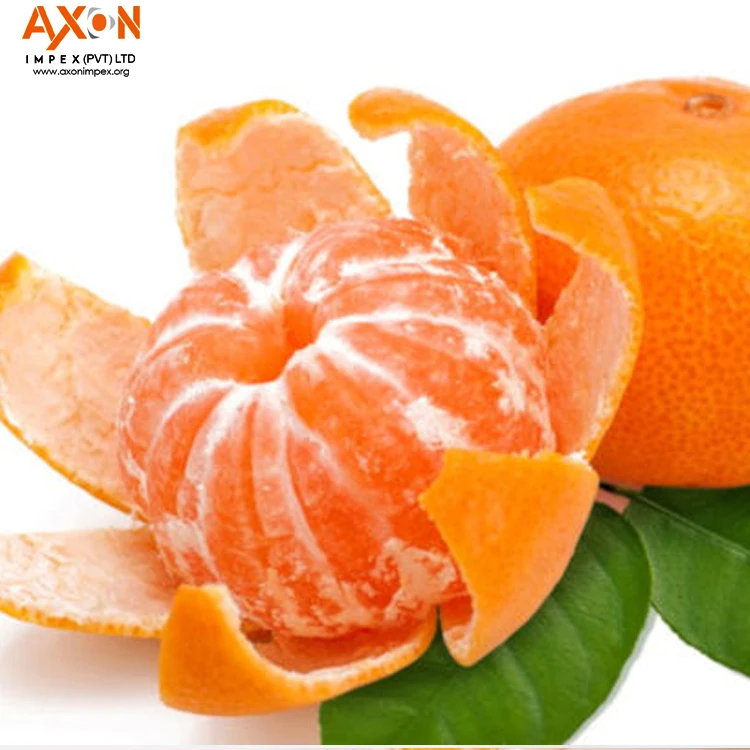 Before introducing tangerines into complementary foods, a pediatrician's consultation is necessary. nine0007
Before introducing tangerines into complementary foods, a pediatrician's consultation is necessary. nine0007
Freezing
It is not advisable to freeze citrus fruits, they do not freeze well. Tangerines become cottony in taste after defrosting, sourness is lost. The result is a soft, slightly sweet half-tangerine.
Mandarin complementary food
Foods that go well with tangerine:
- Semi-acid fruits (cherries, raspberries, strawberries, peaches, apricots, pears, apples, grapes, plums, pineapple, oranges)
- Dairy products
- Cumin
- Black pepper for salads
- Cinnamon
- Saffron
- Cloves
Tangerine mood. Recipes for desserts and drinks with citrus fruits | Food and drinks | Kitchen
After celebrating the New Year, are you already tired of the same tangerines on the table? But don't throw out healthy fruits. It is better to put them to work and bake a great tart with them for a leisurely winter dinner. Or cook mulled wine and take it for a walk. Here are some great dessert and cocktail recipes:
Or cook mulled wine and take it for a walk. Here are some great dessert and cocktail recipes:
Mikan tangerine cake
Photo: Press service of the Grand European Express restaurantRecipe by Ilyana Chernysheva, pastry chef of the Grand European Express restaurant
Tangerine coolie :
- 300 g of tangerine puree
- 50 g passion fruit puree
- 130 g sugar
- 10 g gelatine
Chocolate Daquoise :
- 190 g sugar
- 200 g proteins
- 190 g almond flour
- 40 g flour
- 30 g cocoa
Chocolate mousse :
- 250 g anglaise sauce
- 350 g chocolate
- Zest of 1 mandarin
- 400 g heavy cream
Step 1. Bring puree with sugar to a boil, remove from heat, add pre-soaked and squeezed gelatin.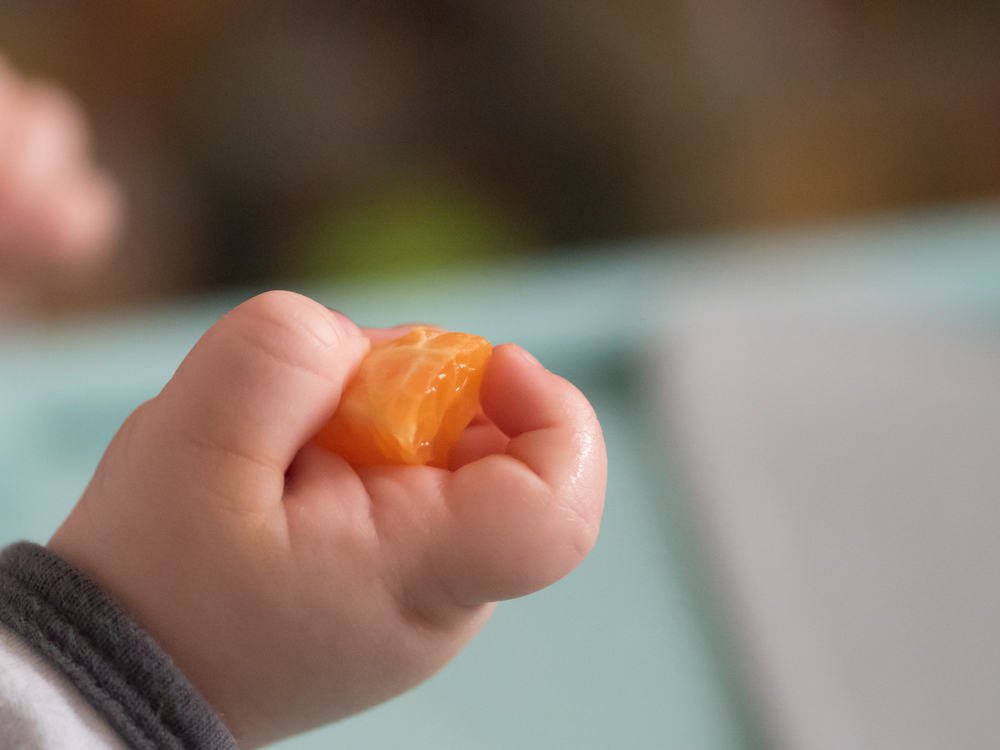 nine0007
nine0007
Step 2. Pour into molds and let set.
Step 3. Daquoise: beat the protein, gradually add sugar.
Step 4. Mix dry ingredients separately. Then beat with the protein together, gently pouring in parts.
Step 5. Spread over the silicone mat and bake at 165 degrees for 10 minutes.
Step 6. For the mousse, melt the chocolate, add the zest and warm anglaise sauce.
Step 7. Whip the cream separately and fold into the chocolate mixture. nine0007
Step 8. Pour chocolate mousse into silicone mold, put tangerine coolie, mousse again and chocolate dacquoise. We put it in the freezer.
Step 9. Cover the frozen cake with orange glazing, decorate with a leaf and spread on a base of chocolate shortcrust pastry.
Mandarin tart
Photo: Pub Lo Picasso press officeRecipe by Roberto Jacomino Perez, chef at Pub Lo Picasso
5 servings
For the sponge cake :
- 150 g tangerines
- 60 g sugar
- 2 eggs
- 50 g almond flour
- 15 g wheat flour
- 2 g baking powder
Ganache:
- 50 ml heavy cream
- 100 g white chocolate
- 50 g Cointreau liqueur
- 50 g tangerines per branch
For decoration:
- tangerines
- sugar
Step 1.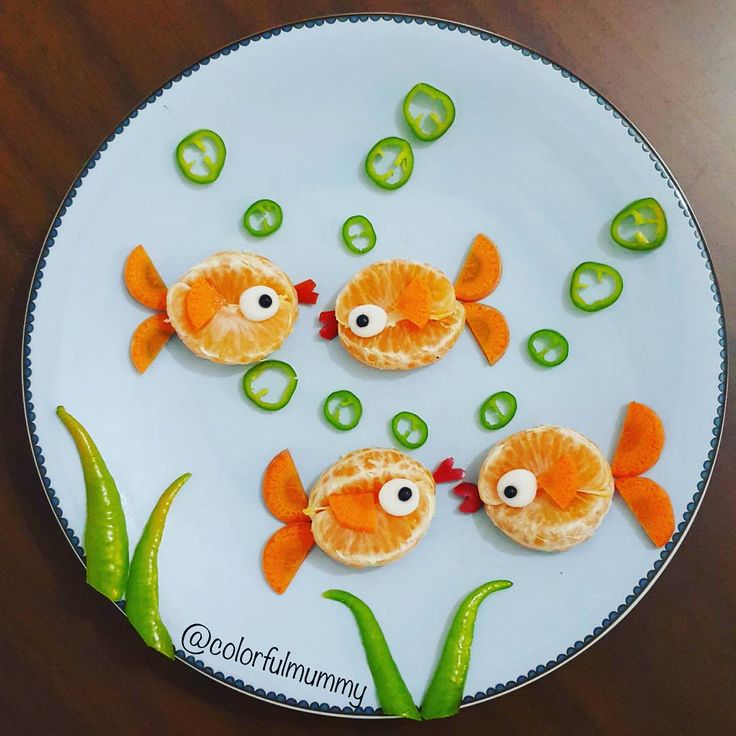 Beat sugar and eggs.
Beat sugar and eggs.
Step 2. Mix wheat flour, almond flour and baking powder.
Step 3. Boil the tangerines and grind with a blender to a puree state.
Step 4. Add the flour mixture to the sugar and egg mixture and mix thoroughly, then add the tangerine puree.
Step 5. Divide the resulting dough into 2 parts, pour into molds and bake the cakes in the oven at 180 degrees for 30-40 minutes. nine0007
Step 6. Bring the cream to a boil, then add the chocolate and mix. At the end, add Cointreau liqueur and mandarin pulp.
Step 7. Combine finished biscuits with ganache, then divide into equal parts. Top each serving with a peeled mandarin slice.
Step 8. Sprinkle each wedge with sugar and roast until caramelised.
Cheesecake with tangerines
Photo: Mandarin Noodle Duck RestaurantBy Xu Lei, Chef at Mandarin Noodle Duck Restaurant
For shortcrust pastry :
- 200 g butter
- 80 g powdered sugar
- 1 egg
- 300 g flour
- 15 g sugar
Curd mousse :
- 600 g curd cheese
- 250 g sugar
- 3 g mandarin peel
- 50 g starch
- 100 g heavy cream
- 100 g tangerines
Step 1. Mix the butter with powdered sugar and beat thoroughly in a blender.
Mix the butter with powdered sugar and beat thoroughly in a blender.
Step 2. Add flour and egg, beat thoroughly again until smooth.
Step 3. Next, roll out the dough. Bake for 8 minutes at 180 degrees.
Step 4. We take out the finished dough from the oven, break it up and mix it in a blender with sugar and 50 g of butter.
Step 5. Then we make a cake from the resulting mass, put it in a mold and freeze for 15 minutes.
Step 6. Grate the zest.
Step 7. Mix cheeses, sugar, starch and zest in a mixer until smooth.
Step 8. Add cream and beat again.
Step 9. Divide the curd mass into two parts.
Step 10. Spread tangerines on one part of the curd mass.
Step 11. Cover with the rest of the curd mass.
Step 12. Level and bake at 180 degrees for 35 minutes.
Step 13. We are waiting for the mass to cool down. We spread it on the chilled shortbread dough and put it in the refrigerator for 12 hours. nine0007
Fried milk
Photo: Mandarin Noodle Duck RestaurantBy Xu Lei, Executive Chef at Mandarin Noodle Duck Restaurant
- 400 ml pasteurized milk
- 200 ml condensed milk
- 100 ml coconut milk
- 100 g coconut flour
- 500 g sugar
- 1.
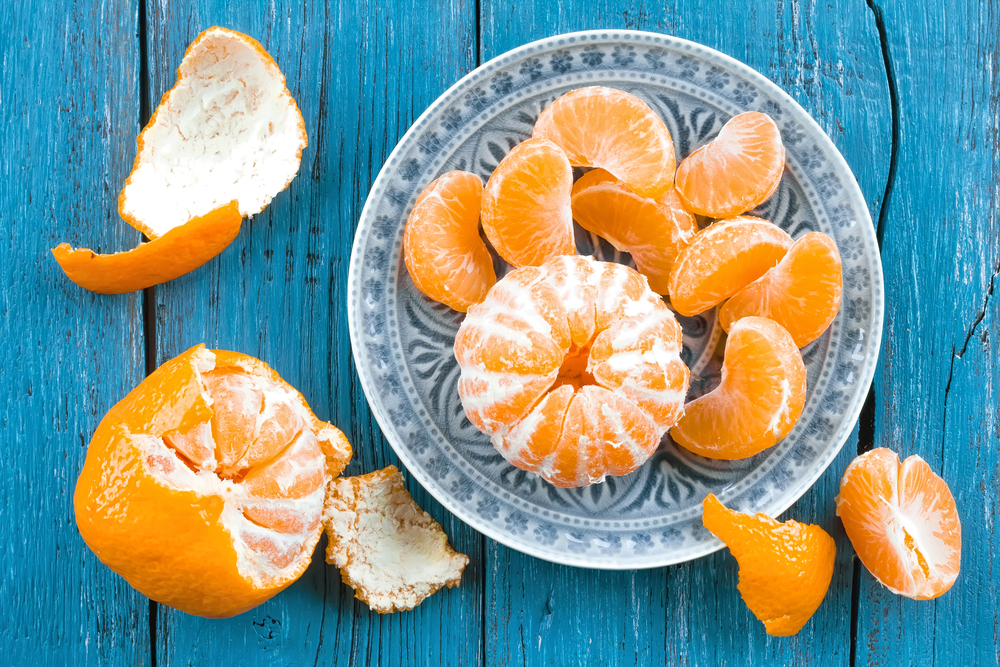 2 liters of cold boiled water
2 liters of cold boiled water
Orange sauce : nine0007
- 2 l orange juice
- 400 g tangerine puree
- 20 g sugar
Step 1. Collect all three types of milk and sugar in a large saucepan and bring to a boil.
Step 2. Separately dilute the flour in water and add to the boiling mass.
Step 3. Let the total mass boil for another 5 minutes and pour into any form, cut and leave to cool.
Step 4. Mix fresh juice and puree and bring to a boil. nine0007
Step 5. Then add sugar and simmer a little more.
Step 6. Leave to cool.
Mandarina asesina cocktail
Photo: Latinos sevicheriaRecipe by Stasia Kolesnikova, head bartender at Latinos sevicheria
- 20 g of white rum
- 30 ml aged rum
- 20 ml lime juice
- 4 fresh basil leaves
- 20 g sugar syrup nine0101 2 mandarin slices
Step 1.











